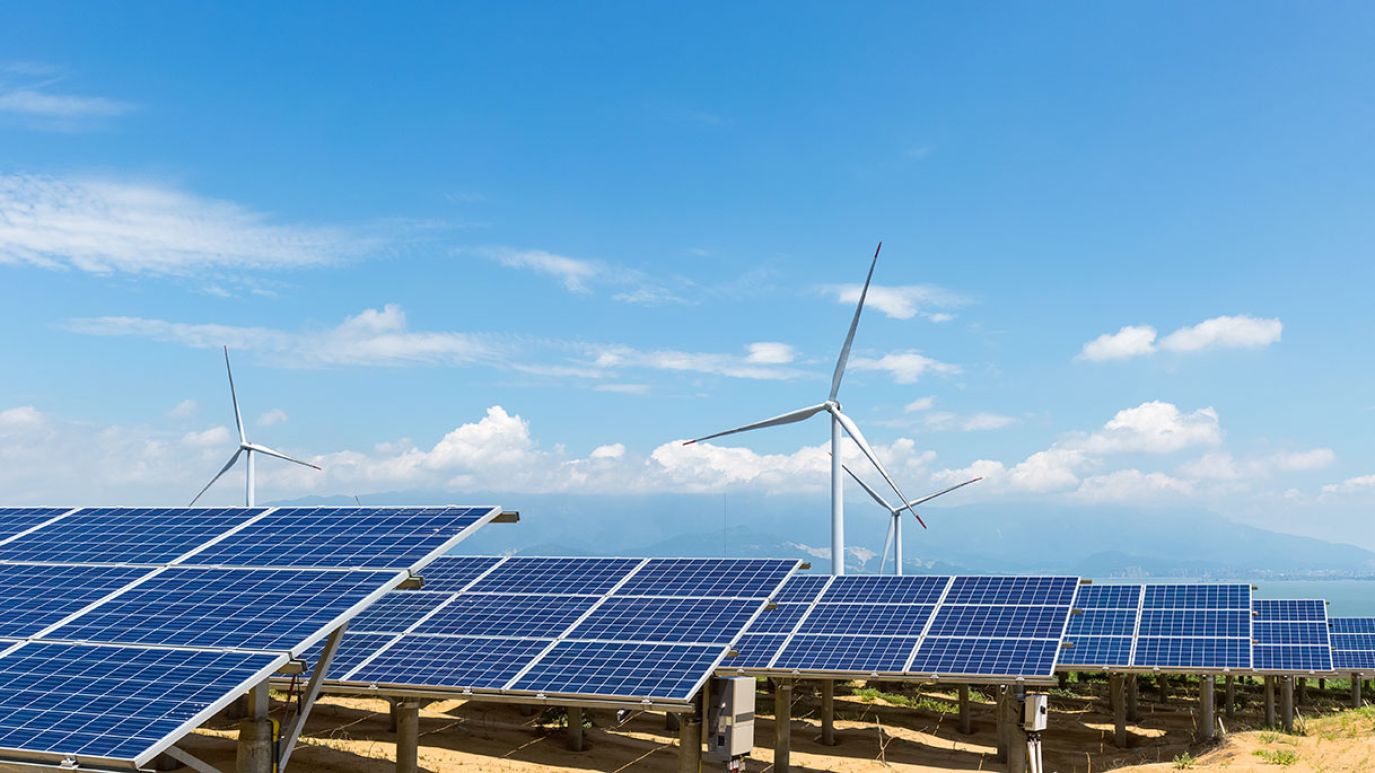-
Blog
Beijing’s Pursuit of Green Economy Will Strain China’s Foreign Relations

Beijing is committed to achieving the green transformation of its economy and society. The latest evidence of that commitment is the directive on “Expediting Comprehensive Green Transformation for Economic and Social Development,” which was jointly issued by the Chinese Communist Party (CCP) Central Committee and the State Council in August 2024. The directive calls for accelerating the development of non-fossil fuel energy sources and the creation of technological innovations to support the policy agenda. Pamir assesses that the implementation of the directive, which calls for intensifying the development of hydropower projects in southwestern China and non-fossil fuel energy sources such as solar power, will exacerbate China’s strained relations with its Southeast and South Asian neighbors as well as further aggravate its relations with the US and the EU.
On 11 August, the Chinese government issued the “Opinions of the CCP Central Committee and the State Council on Expediting Comprehensive Green Transformation for Economic and Social Development” (中共中央 国务院关于加快经济社会发展全面绿色转型的意见). The 12-chapter, 33-article directive, dated 31 July, provides guidance on accelerating the building of a green economy in China, with specific instructions for China’s energy supply structure and technological development.
- The directive calls for accelerating the development of non-fossil fuel energy sources and mandates that non-fossil fuel energy sources will account for approximately 25% of China’s energy consumption by 2030. Non-fossil fuel energy sources currently account for 18.9% of China’s energy consumption.
- The directive specifically calls for the development of biomass energy, geothermal energy, and marine energy, as well as the creation of a hydrogen energy supply chain that involves manufacturing, storage, transportation, and utilization.
- The directive also aims to accelerate the development of clean energy bases across China, with an emphasis on wind and solar power development in northwestern China, hydroelectric power in southwestern China, nuclear power along China’s eastern coast, and offshore wind power.
- The directive stresses the importance of technological innovations to support this policy agenda. It calls for the establishment of an “advanced warning mechanism” that can forecast, discover, and evaluate the emergence of relevant cutting-edge and disruptive technologies around the world. It also calls for the establishment of a set of state key laboratories and innovation platforms as well as the development of talent.
The implementation of the directive’s requirement for accelerating the development of hydropower in southwestern China is likely to generate more backlash from China’s southern neighbors, which are already displeased with the negative ecological and economic impact of China’s hydropower projects in the region.
- Southwestern China encompasses the provincial-level administrations of Sichuan, Chongqing, Yunnan, Guizhou, and Tibet. Together, this region is the source of key waterways, such as the Mekong River, the Irrawaddy River, and the Ganges-Brahmaputra-Meghna basin (GBM), which directly impact the economies of Vietnam, Laos, Thailand, Burma, Cambodia, India, Pakistan, Bangladesh, and Bhutan.
- China has already built numerous mega hydropower stations in the upper reaches of these waterways. Existing and prospective Chinese hydropower projects have generated ecological, economic, and security concerns among China’s southern neighbors. In this context, an August 2024 report by the Australian Strategic Policy Institute finds that China’s plan to build a mega hydropower station on the upper reaches of the Brahmaputra River is likely to “consolidate Beijing’s political control over its distant borderlands,” “create the potential for massive flooding as a tool of violence,” “affect human settlement and economic pattern on the Indian side of the border,” and “give Beijing water and data that it could withhold from India as bargaining leverage in unrelated negotiations.”
Similarly, the implementation of the directive is likely to result in an increase in China’s excess production capacity, especially in the areas of solar power and electric vehicles. This development will further exacerbate China’s already-tense trade relations with other countries, notably the US and the EU.
China’s 5G influence in developing economies
China’s Belt and Road Initiative and its digital counterpart, the Digital Silk Road, threaten to displace US telecom and tech companies in developing economies in Africa, Latin America and the Middle East. How can US operators and network providers stand up to the challenge?